Lighting by Marangoni
Lighting, by Marangoni. While attending Instituto Marangoni’s “Short Design Course” in Milan this fall, we had a lecture on lighting by Camila Blanco. To be perfectly honest, it blew my mind. . . . Camila showed us how well-orchestrated lighting can evoke an emotive response and when used effectively, can impact everything from your sleep patterns, productivity and even happiness. Imagine harnessing the power of light and experiencing how impactful it can be when used to effect in your own home. Let’s explore how we can achieve this.
Kelvins/ Lighting by Marangoni:
To understand how to use this knowledge to effect, we should explore the range of hue (kelvins) and luminosity (lumens, light intensity). First off, we have kelvins. I googled the definition: “Kelvin is a measurement used to describe the color temperature of a light source. This is the specification that gives a description of the warmth or coolness of a light source. … This color begins as red in appearance and graduates to orange, yellow, white, and then blue-white to deeper colors of blue.” This is well illustrated in the chart below:
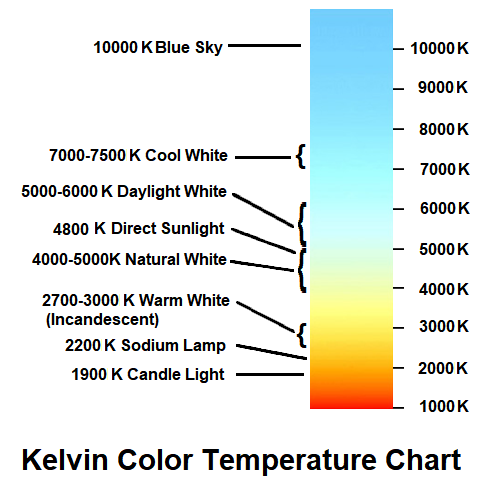
At Marangoni, we were taught that your lighting in your home should mimic the brightness of the sun throughout the day.
In the early morning, you see the light of the sun, but it is just appearing on the horizon and not all that bright (perhaps around 2200 Kelvins). This is more conducive at the beginning of the day, as you are beginning to wake up.
In the middle of the day, when the sun is at it’s strongest is when we are most productive (between 5000 to 6000 kelvins). The light intensity and hue in your home or office should reflect this.
And as we wind down at the end of the day, when the sun sets, we are looking for that lower level lighting that imbues warmth, but not intensity.
So how can we control the hue (kelvins) and intensity (luminosity/ Im). First, we have to recognize some of the recent innovations that make this possible.
LED/ Lighting by Marangoni:
With the innovation and development of LED lightbulbs (Light Emitting Diodes), and rechargeable/ cordless lamps, residential and commercial lighting have revolutionized our ability to efficiently and economically control the warmth and brightness of light throughout your home, at different times of the day and different seasons throughout the year. We can do this with less energy and lower wattage using LED bulbs.
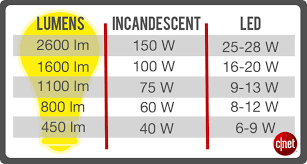
Lighting in Art:
I think the power of light may be more convincing through imagery. First let’s look to chiaroscuro in art… the idea that by focusing the light on a specific subject or scene, one draws attention to that detail and away from others.
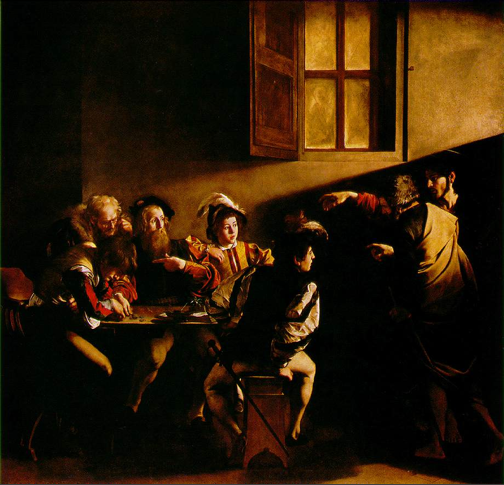
Imagine if Caravagio had LED bulbs to work with. He’d perhaps have become a lighting designer like Nathan Orsman. https://www.orsmandesign.com/. I think his talent is particularly striking in his illumination of trees in landscape. There is something so dramatic in what’s illuminated and the shadows they create. It is almost like a dreamland. You must take a look at his website.
Lighting by Nathan Orsman:
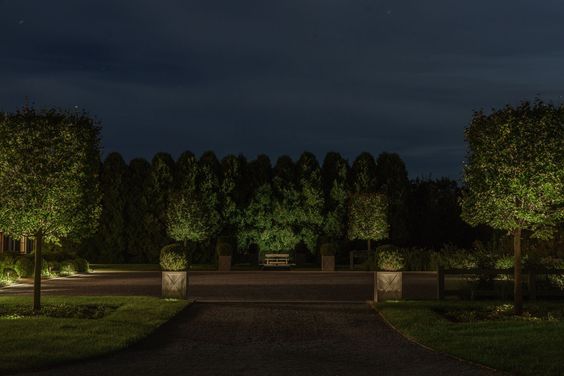
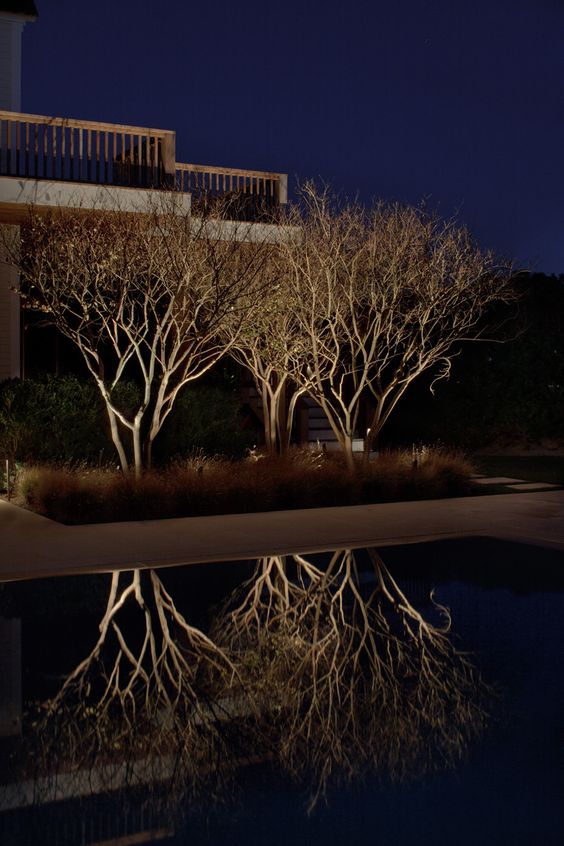
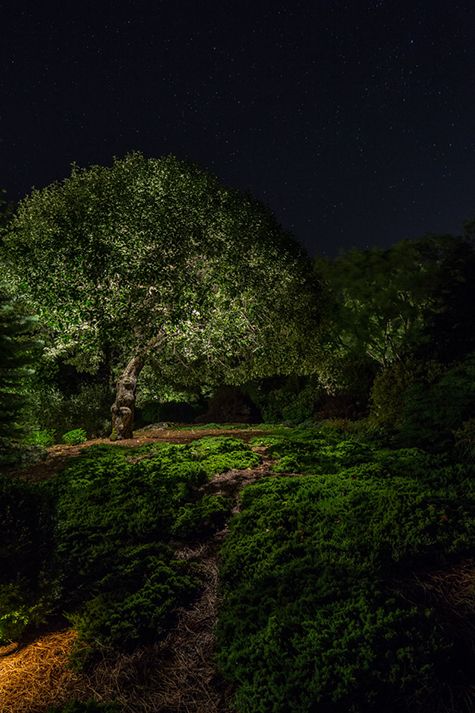
I think it is almost important to acknowledge lighting as art installation. Every year in Eindhoven, NL, just as the clocks are turned back and it seems as darkness will never end, the city hosts a full on light exhibition called GLOW.
Cathedrals and squares are illuminated in ways you could never imagine and droves of people come out to experience it in person. You must check it out: https://www.gloweindhoven.nl/en But to peak your imagination further, check out the images below of lighting as art installation:
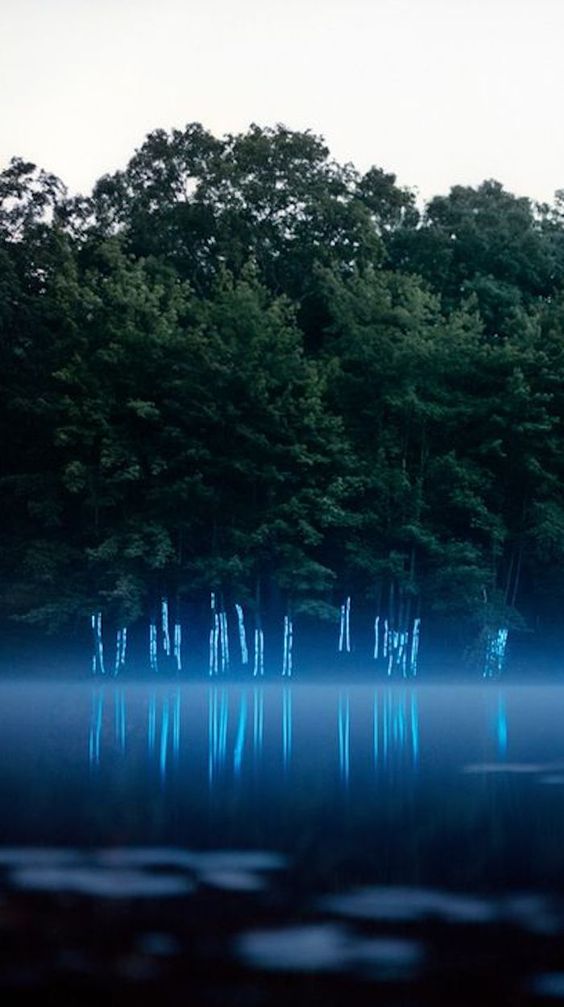
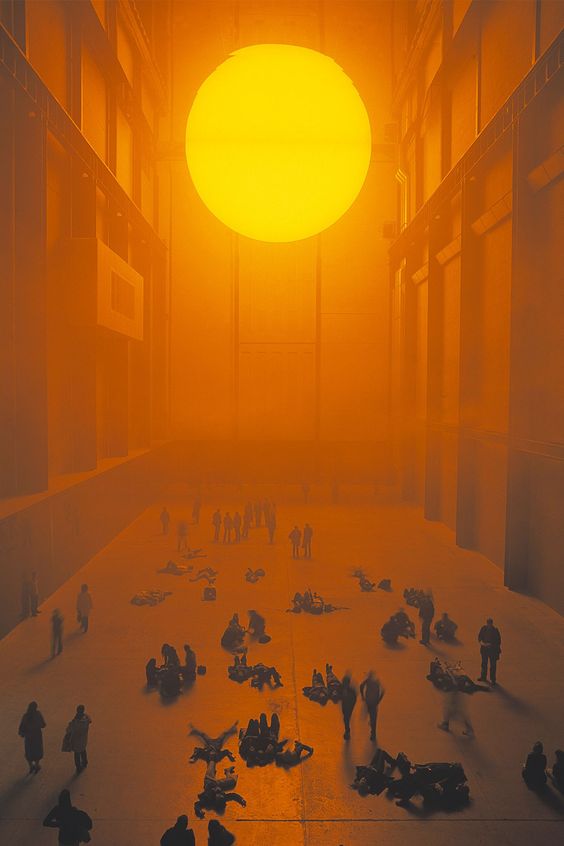
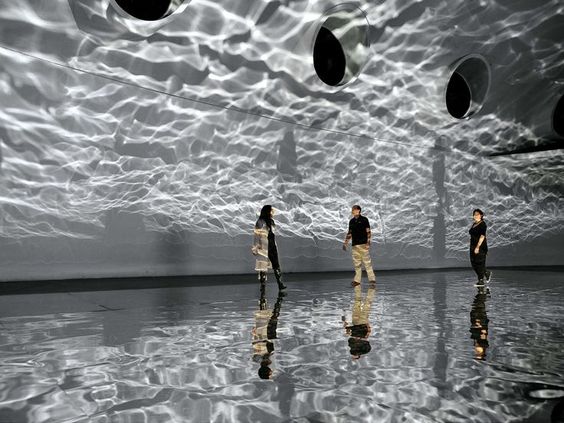
In particular, look at the above middle image of an art installation by Olafur Eliasson. The artificial sun, which created no heat, just a red orb that looked like the sun, made people want to sunbathe. . . . It is not lost on me that he is from Iceland/ Denmark, Scandinavian countries that celebrate the warmth of light in the dead of winter as well as the summer solstice.
Even antiquated art museums are using light in new ways to illuminate their collections: https://vangoghexpo.com/.
In the lecture at Marangoni, we discussed the various types of lighting and their uses: task lighting, accent lighting (art), ambient lighting, feature lighting, illuminating pathways or stairwells, backlighting, skirting lighting (along baseboards).
Light can be used to demarcate space, intentionally create shadows, mimic warmth or coolness, exaggerate textures, the possibilities are endless. So, how do we take these findings into the home? I encourage you to think outside the box, know the possibilities, and make hue and luminosity work to your advantage. A lamp is not just a light.


